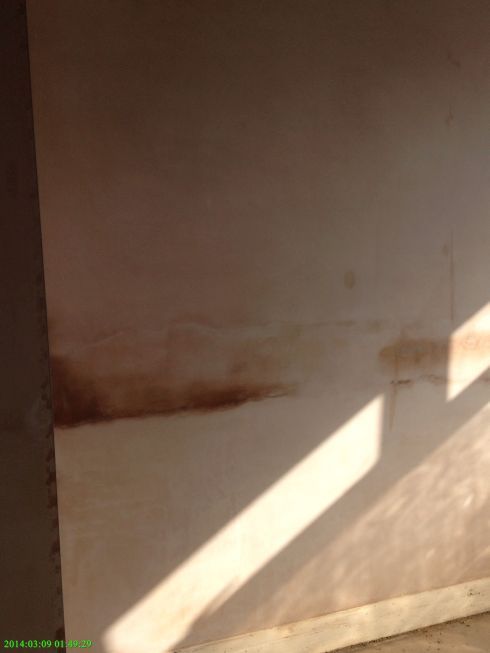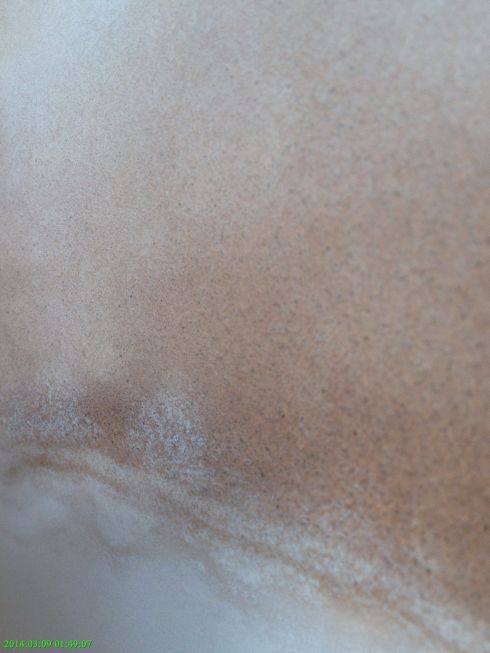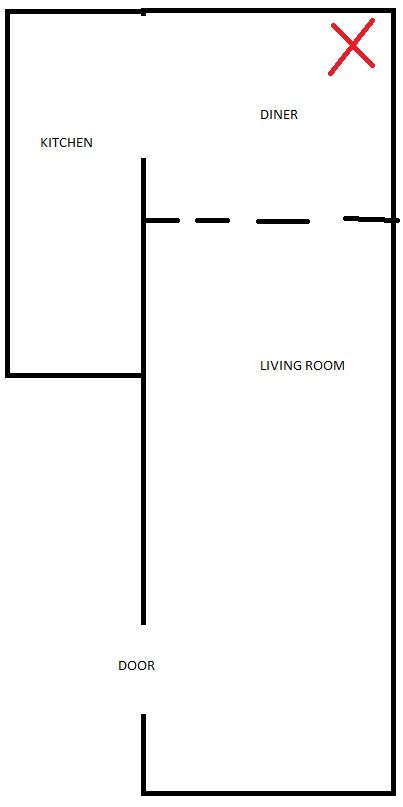- Joined
- 2 Feb 2014
- Messages
- 412
- Reaction score
- 2
- Country

I've been told this is a no-no, but from talking to plasterers, their stories of customers wrecking their work were lining up a row of dehumidifiers & having them on full whack.
I was talking to another guy who's a fairly competent DIYer (unlike myself). Our living room seems to have damn near dried out, minus a few patches where bonding was used.
The small section at the rear of the kitchen has (after 1-2 weeks) finally started drying in patches, but it gets almost no sunlight. Of a weekend when we're there, we have the side door open & the rear door open with the living room doors shut so that there's a through-flow of air to try & dry the wall out. It's getting there but very slow.
This chap i spoke to said about putting a dehumidifier in there. I mentioned my concern, especially as my mum did this on the stairs of her house on day 1 & it cracked the plaster.
He said that it's ok to put it on its low setting & that plaster will crack anyway, even when drying naturally.
So tonight i put the dehumidifier in the corner of the dining room - away from the patch at the rear of the kitchen by about 6mtr ish & away from the living room by a reasonable distance. I've left the doors separating the living room & dining room/kitchen open & the door from the living room to the hall open. I left the dehumidifier on its lowest setting.
So i just wanted to check what the experts reckon. Would this be ok since the dehumidifier is away from the plaster a reasonable amount & it's on its lowest setting?
Or is it a case of no dehumidifier under any circumstance?
Just wanted to put my mind at ease
EDIT: And what about re-fitting & turning the radiators on in addition to/instead of the dehumidifier?
Our radiators have a setting of 0, frost & then 1-5. Would they be fine stuck on setting #1 as well as the dehumidifier, or would that be too much? Would either be too much or would 1/both of them be fine?
Just wanting to speed things up without causing problems.
I was talking to another guy who's a fairly competent DIYer (unlike myself). Our living room seems to have damn near dried out, minus a few patches where bonding was used.
The small section at the rear of the kitchen has (after 1-2 weeks) finally started drying in patches, but it gets almost no sunlight. Of a weekend when we're there, we have the side door open & the rear door open with the living room doors shut so that there's a through-flow of air to try & dry the wall out. It's getting there but very slow.
This chap i spoke to said about putting a dehumidifier in there. I mentioned my concern, especially as my mum did this on the stairs of her house on day 1 & it cracked the plaster.
He said that it's ok to put it on its low setting & that plaster will crack anyway, even when drying naturally.
So tonight i put the dehumidifier in the corner of the dining room - away from the patch at the rear of the kitchen by about 6mtr ish & away from the living room by a reasonable distance. I've left the doors separating the living room & dining room/kitchen open & the door from the living room to the hall open. I left the dehumidifier on its lowest setting.
So i just wanted to check what the experts reckon. Would this be ok since the dehumidifier is away from the plaster a reasonable amount & it's on its lowest setting?
Or is it a case of no dehumidifier under any circumstance?
Just wanted to put my mind at ease
EDIT: And what about re-fitting & turning the radiators on in addition to/instead of the dehumidifier?
Our radiators have a setting of 0, frost & then 1-5. Would they be fine stuck on setting #1 as well as the dehumidifier, or would that be too much? Would either be too much or would 1/both of them be fine?
Just wanting to speed things up without causing problems.



